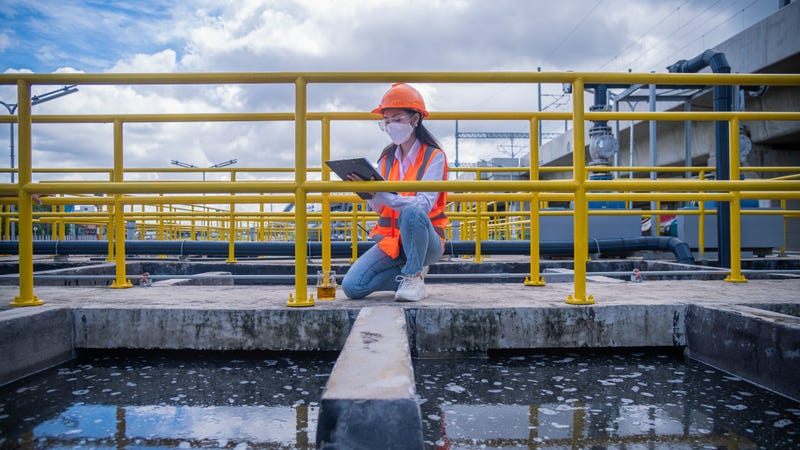
PHILADELPHIA (KYW Newsradio) — The CDC is now including additional data on their COVID-19 tracking website to more quickly identify the level of the virus in the community.
The Centers For Disease Control and Prevention now offer a new COVID-19 wastewater surveillance tab on their website that tracks virus RNA levels in designated sewer sheds across the country.

"Visitors to the site will be able to see changes in virus levels in wastewater over the previous 15 days for each participating community," said Dr. Amy Kirby, the team lead for the National Wastewater Surveillance System, a program initiated by the CDC in September 2020.
"These data are uniquely powerful because they capture the presence of infections from people with and without symptoms, and they're not affected by access to healthcare or availability of clinical testing."
Dr. Kirby said 40% to 80% of people with COVID-19 shed viral RNA in their feces.
"The shedding in feces starts very early after someone is infected. It's in fact one of the first signs that we see of infection," she added.
"Because increases in wastewater generally occur before corresponding increases in clinical cases, wastewater serves as an early warning system for the emergence of COVID-19 in a community."
This information can help inform public decisions.
"Such as where to allocate mobile testing and vaccination sites. Public health agencies have also used wastewater data to forecast changes in hospital utilization, providing additional time to mobilize resources in preparation for increasing cases," Dr. Kirby said.
There are currently about 400 sites providing data to the CDC.
At least another 250 sites are expected to be added in the next two weeks, with additional sites coming on board in the coming months as state sewer shed systems are fully implemented as well.
LISTEN on the Audacy App
Sign Up and Follow Audacy
Facebook | Twitter | Instagram

